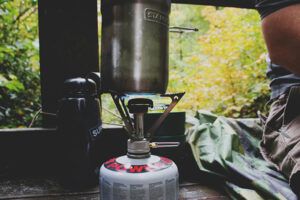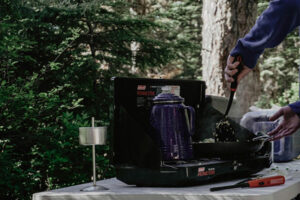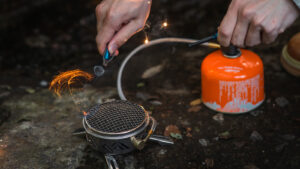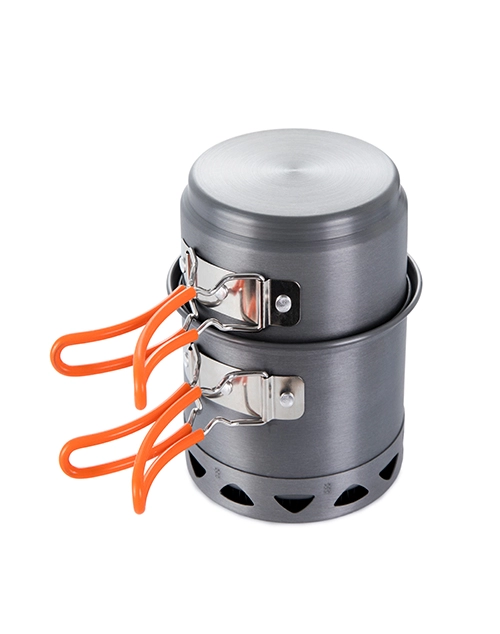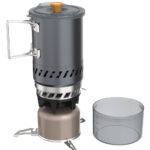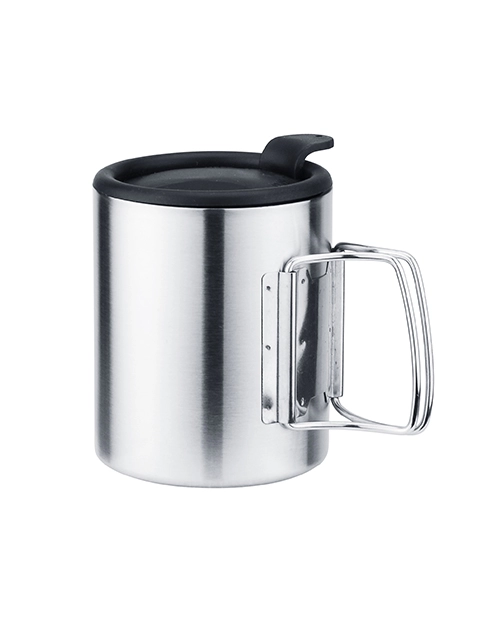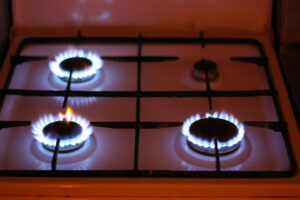
In consideration of these pros and cons, you will be able to choose the kind of ignition system that would best fit you when camping. If you are a frequent backpacker or simply one who goes camping once in a while, having knowledge on both sides will improve your outdoor culinary exploits.
Piezo Ignition Canister Stove vs Match Lighting – Pros and Cons
In terms of outdoor cooking, whatever method you decide to use when igniting your canister stove may greatly affect your camping adventure. Each has its own pros and cons that affect factors such as ease of use, reliability, and overall efficiency during camping.
Let us explore some positives as well as negatives about piezo ignition canister stoves, as well as match lighting, so as to help make an intelligent decision towards an exciting outing next time around.
Piezoelectric Ignition Camp Stoves: Pros:
- Convenience: Piezo lighting means no need for matches or lighters.
- Wind-resistant: These stoves perform well in windy circumstances, which is good for outdoor conditions that can be unpredictable.
- Safety: reduced risk of burns as users can keep away from the flame when igniting the fuel source.
- Quick to Light-Up: This will save you time during meal preparations, resulting in less time wasted on outdoor activities.
Cons:
- Reliability Issues: Piezo mechanisms may fail over time, especially in tough conditions or frequent use situations.
- Additional Weight: The addition of the ignition system adds some weight to the stove, causing concerns among ultralight backpacking enthusiasts.
- They cost more than match-lit versions. This tends to make them expensive compared with other models using matches.
- It is usually difficult to repair in case the ignition system fails while you are still in the field.
Match Lighting Canister Stoves: Pros:
- Simplicity: There are fewer possible points of failure since there are no complicated mechanisms involved.
- Lightweight: Generally lacking integrated ignition systems, these types of stoves tend to be lighter.
- Low priced: These types of stoves that are lit by matches often retail at a lower cost, making them affordable for budget buyers.
- Simple repairs in the field: A good number of challenges arising from using these appliances can easily be sorted out through basic knowledge and tool use.
Cons:
- Dependent on external sources of fire: It means having to carry a lighter or matches, which is inconvenient and may be untrustworthy if they get wet, for example.
- Susceptible to wind: Windy weather conditions make the entire thing seem like a difficult task, which eventually might lead to more fuel being wasted.
- Dangerousness of this approach: A flare gun can easily cause burns if lit next to fuel.
- Environmental consequences: Spent matchsticks add up to garbage disposed of at parks and woods.

Does a Piezo Ignition Canister Stove Require Batteries?
Eco-friendly piezo ignition canister stoves use no batteries, hence functioning as an alternative to a dependable lighting source. These make use of a crash hammer mechanism to create a spark. Hitting the crystal with the impact of the igniter button causes a piezoelectric effect that produces a high-voltage spark. When it sparks, the lighter ignites the mixture of fuel and air in your stove immediately.
This self-sufficient system does not need any power from outside, thus enabling it to operate effectively even in places without access to battery replacement services. It is reliable even in remote areas where one cannot easily replace the batteries.
Therefore, Piezo igniters are best for outdoor enthusiasts as they work well under all weather conditions. Furthermore, their weight is reduced thanks to the non-battery operation, which favors leave-no-trace principles.
Canister Stove Piezo Ignition Replacement Options
When your piezo ignition fails, there are several other ways that you can return your canister stove to its operation mode. This includes but is not limited to, using matches or lighters as external ignition sources. Another way out could involve permanently installing a universal piezo kit on your appliance. In this case, these kits are flexible enough that they can be adjusted according to various models of stoves and have a very simple do-it-yourself installation process. Some companies sell parts only meant for certain models so as to maintain accuracy with regards to the specifications. You may also opt for an aftermarket piezo ignition system specifically designed for outdoor stoves.
More tech-savvy campers may prefer rechargeable, electric arc lighters. In some very particular cases, it may be worth considering switching to a gas stove with better ignition.
Troubleshooting a Piezo-Ignition Canister Stove
To start with, examine if there’s a proper connection to the gas cylinder and fuel flow for piezo ignition failure. Clean the igniter tip and burner holes to remove dirt. Verify if the spark gap is correct and adjust if necessary. Check wire connections and tighten loose parts. If it is still not working, carefully dismantle the ignition unit to check for damaged components.
In some instances, simply drying out moisture-affected parts can restore normal operation. If these steps do not work, buy a new ignition system or revert back to manual lighting approaches.
 Conclusion
Conclusion
The choice between piezo ignition and match lighting depends on your outdoor demands on your canister stove. Piezo systems offer convenience as well as being weather-resistant, but you may need occasional service. Match lighting gives simplicity plus reliability on top of requiring extra care when using it.
Consider your camping style, budget, and environmental conditions when deciding on this issue. Whichever one you choose, remember that proper care and troubleshooting skills are all that matters in making sure that your stove will operate properly at all times. Mind you, the best

 Conclusion
Conclusion